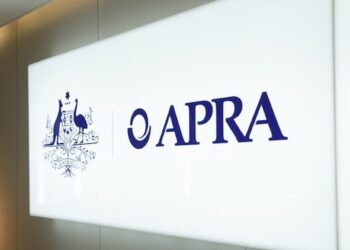Eight out of 10 responsibly-focused growth superannuation funds have beat the growth sector average, according to data.
According to data from FE Analytics, within the Australian superannuation universe growth sector, there were 321 different strategies with 10 focused on responsible investment.
Over the three years to 31 October, 2021, only Statewide Sustainable Diversified Option (8.14% annualised return) and QSuper Socially Responsible Option (7.08%) failed to beat the sector average of 8.29%.
During the same time period the five best-performing funds were Australian Ethical Growth (12.26%), Energy Super Socially Responsible Investment Option (10.20%), Sunsuper Socially Conscious Balanced (10.09%), Legal Super Balanced Socially Responsible Investment Option (9.77%), and Aware Super Diversified Socially Responsible Investment Option (9.44%).
Overall in the sector, the Australian Super High Growth Option was the best-performer with an annualised return of 12.84%, followed by the Australian Ethical fund in second place.
Australian Ethical allocated 38.5% to Australian and New Zealand equites and 33.6% towards international equities.
Energy Super relied on DNR Capital to invest its Australian equities allocation (23%), while Robeco was responsible for global equities (27%).
Sunsuper had a similar breakdown with Australian shares having an allocation of 25.5% and 26.5% for international shares.
Accumulative returns of the best-performing responsibly-invested growth funds to 31 October 2021




